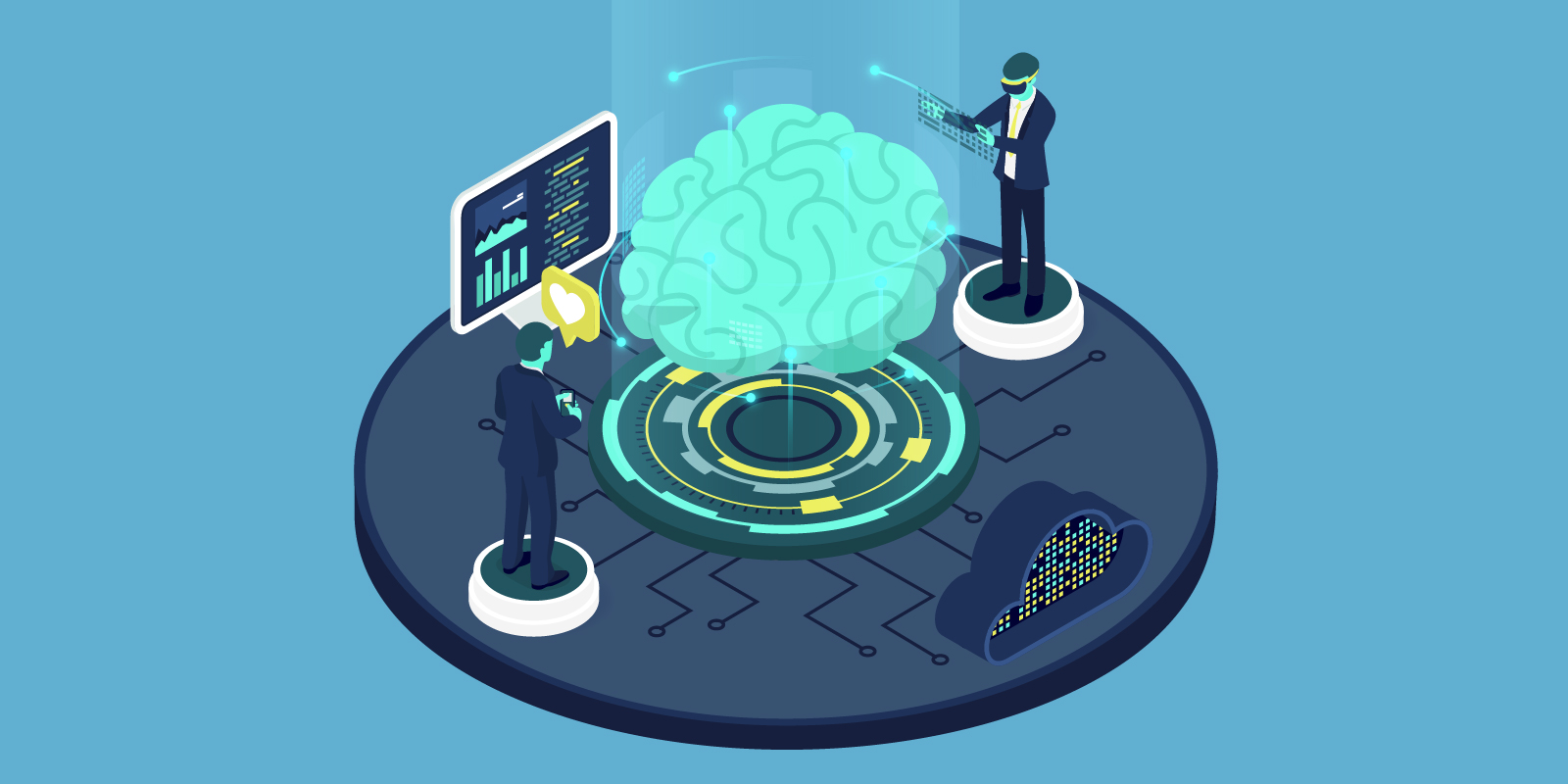Asking customers to pay overdue invoices and payment plans is a standard part of debt collections performed by all companies. However, trying to get them to settle their accounts on time remains a major challenge.
To put this into context, a report from Intrum Justitia revealed that 57% of businesses in Europe claim to have problems with liquidity due to late payments, with Greece topping the list (96%).
In most cases, debt collections strategies remain complex, inefficient and outdated. In today’s fast-paced, digital world, customers demand flexibility, accessibility and choice. Settling a debt needs to feel easy and painless, not a process consisting of unsavoury letters and multiple phone calls at inappropriate times of the day.
This is where artificial intelligence (AI) comes in. Over the past couple of years, debt collection has been disrupted by AI. AI is enabling companies to use advanced analytics, behavioural science and machine learning (ML) to their advantage. It allows companies to seamlessly automate their debt collections strategy and drive their average days sales outstanding (DSO) down.
In this blog, we explore these benefits in greater detail and show you how we expect artificial intelligence to continue shaping debt collections over the coming years.
Use data to improve collections rates
Understanding data is the key to identifying trends, anomalies and market opportunities. Outdated debt collections strategies rely heavily on human instinct and knowledge alone, instead of using numerical logic to develop an unbiased solution.
Collating data through artificial intelligence means companies can “minimax” channels, messaging, timing and the tone to improve collections rates and customer experiences. The idea of minimax is to use AI, decision theory, game theory (if appropriate), statistics and psychology to minimise the possible loss for a worst-case scenario.
Unlike expected value or expected utility, minimax, also sometimes called MinMax / MinMaxing, makes no assumptions about the probabilities of various outcomes of customers. It just creates a scenario analysis of what the possible outcomes are. Having this kind of logic can give companies an early insight into problems before they arise and allow them to adjust the collections approach according to the possible data findings. For instance, it can identify early potential defaulters by singling out those with long response times to communications and use predictive modelling to help you take the right action.
A prime example of this would be to use a nudge, such as an early payment discount, to encourage potential future defaulters to settle their account before it enters the collections cycle.
Personalise the customer experience through behavioural science
The way artificial intelligence is transforming debt collections is through behavioural science. Younger, computer-savvy Millennials (1981-1996) and Generation Z (1996-2010) customers are looking for new, on-demand solutions when it comes to making payments.
They don’t want to receive phone calls during work hours or demanding letters with a time-consuming call to action.
Artificial intelligence has the capacity to help companies make smarter choices on when to contact customers and how, based on their behaviours. It’s now possible to design algorithms with predictive models using the information attained through data and machine learning.
Basing the findings on demographic, social and economic data, debt collections strategies can be prioritised and applied built on the data associated with each debt.
For instance, using the age, salary, profession and historical interactions of a customer, you could establish the probability of them making a debt payment. In turn, this will give you the knowledge to tweak your approach to ensure you only use the best channel where you’re likely to get a positive response. This will help streamline operations for your company too.
Digitise old processes through automation
One of the biggest blockers of improving the efficiency of collections is using obsolete processes. Asking busy customers to make payments over the phone or set up a standing order is frustrating and time-consuming.
Even though emails and SMS might be more aligned in reaching a modern, digital-led society, it’s still important to customise the process to make things more streamlined for the customer.
Reinventing and adapting the way we use these channels is a necessary step towards automation which artificial intelligence is addressing. As technology develops, smart SMS can guide customers through the process and include links in the conversation to send customers to an external payment platform or help page.
While including QR codes in emails will facilitate the payment process for customers by a means of simply scanning with their smartphone on the go.
It could even be as simple as sending automated SMS or email reminders with a link to a payment landing page where customers can pay using credit cards.
It’s a case of using the best channels available but utilising artificial intelligence and digital technology to modernise them. These examples not only benefit the customer, but they’ll drastically improve operations within your company too. Regardless of how many touchpoints you choose to add, sending automated messages and giving customers the ability to self-serve makes them feel in control and removes the barriers for employees to work effectively. Instead, you can focus their time on other elements of the customer journey or to increase the amount of work they can get done in the same amount of time..
Conduct enhanced A/B testing
The final benefit of using artificial intelligence in debt collections is its advanced ability to A/B test. With its ability to learn from past experience, data metrics, and predictive algorithms, AI can analyse the effectiveness of an email, payment landing page or SMS.
It’s not just a case of looking at two email open rates and seeing what subject line was more effective. AI gives you the opportunity to understand their behaviours prior, during and after an email is sent. For example, have they ignored previous messages or interactions? If they opened an email, how long did they spend reading it? Did one group of customers respond quicker when you changed the colour of a button or introduce a nudge?
Artificial intelligence works, analyses and acts quicker than humans. Plus, its intricacies of multivariate testing, whereby a company incorporates several changes in one variant, is seamless.
It’s not a case of AI vs A/B testing, it’s an amalgamation of the two that improves the productivity of testing on the debt collections strategy. The cycles of testing are simply expedited because of the knowledge and capabilities of artificial intelligence.
You no longer have to second-guess what your best channels are to certain customer personas. AI can conduct rapid A/B testing to continually test behaviours to give you a clear idea of how to adjust the tone of your messages, use the right call to action and send at an optimum time of day. There’s no waiting around, you’ll attain data quickly and be in a position to make adjustments fast.
Final thoughts
As it stands, artificial intelligence is already capable of improving debt collections within companies. Its capacity to use data, machine learning and behavioural science is a powerful means of understanding customers on a deeper and more personal level.
AI eradicates the need for guesswork and human biases and every step can be used to logically automate the process as well as develop a customer-centric approach.
It’s the companies who recognise the importance of prioritising long-term relationships through a better experience that will prosper and grow. It’s just a case of deciding whether you want to do it the easy way using AI or rely on other means.
If you want to learn more about leveraging AI to automate collections processes, improve cash flow and create a positive customer journey, schedule a demo with us today.






